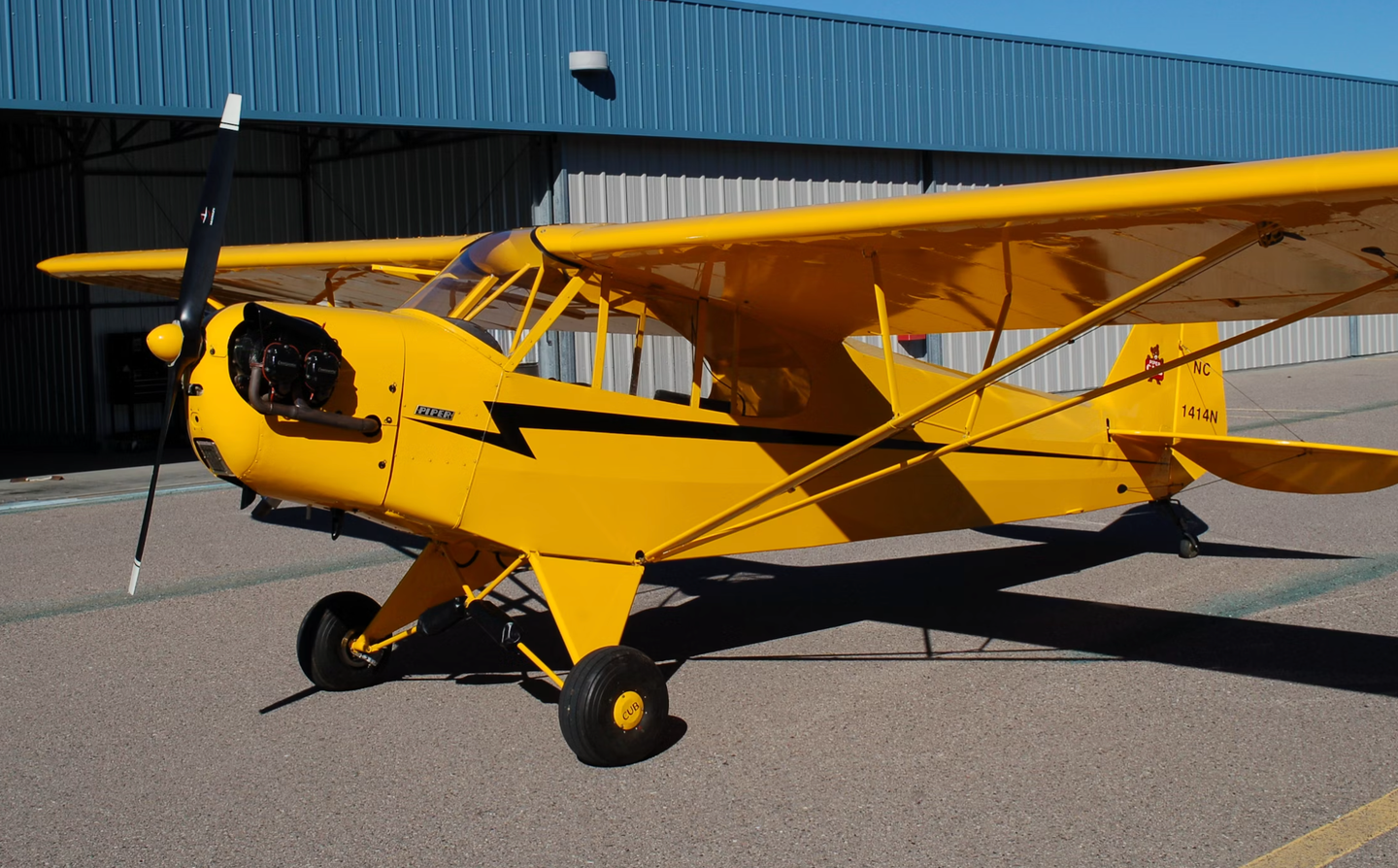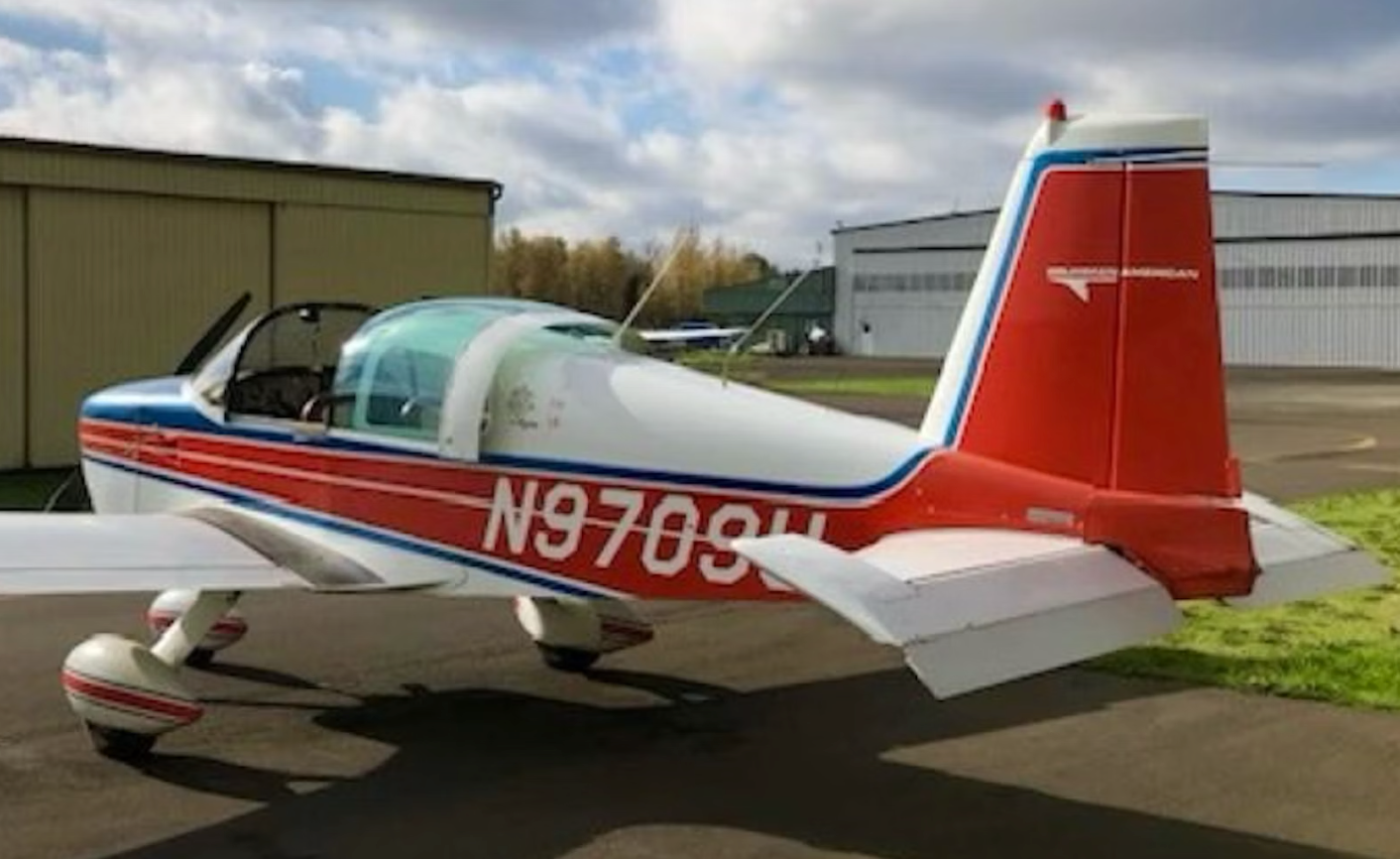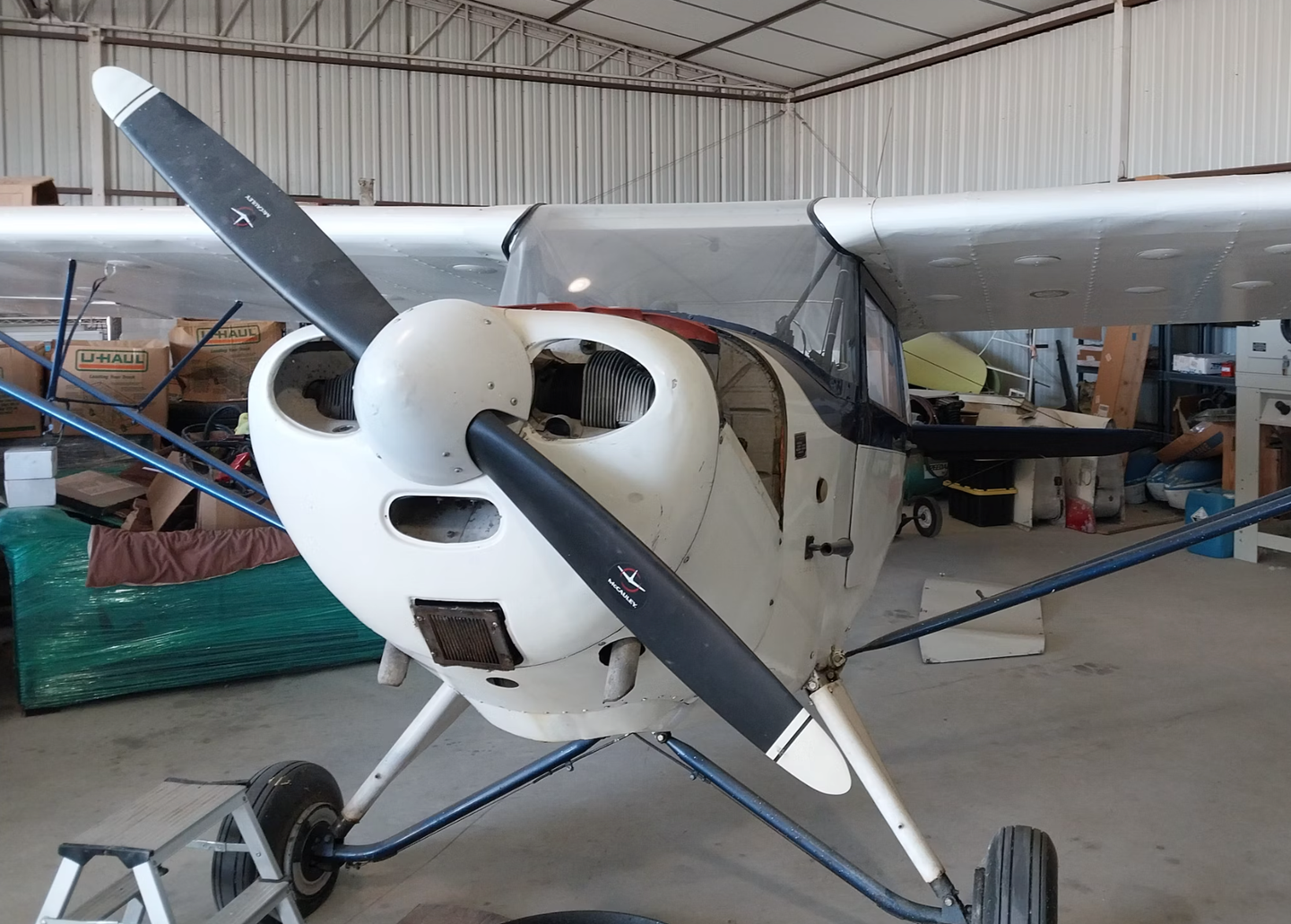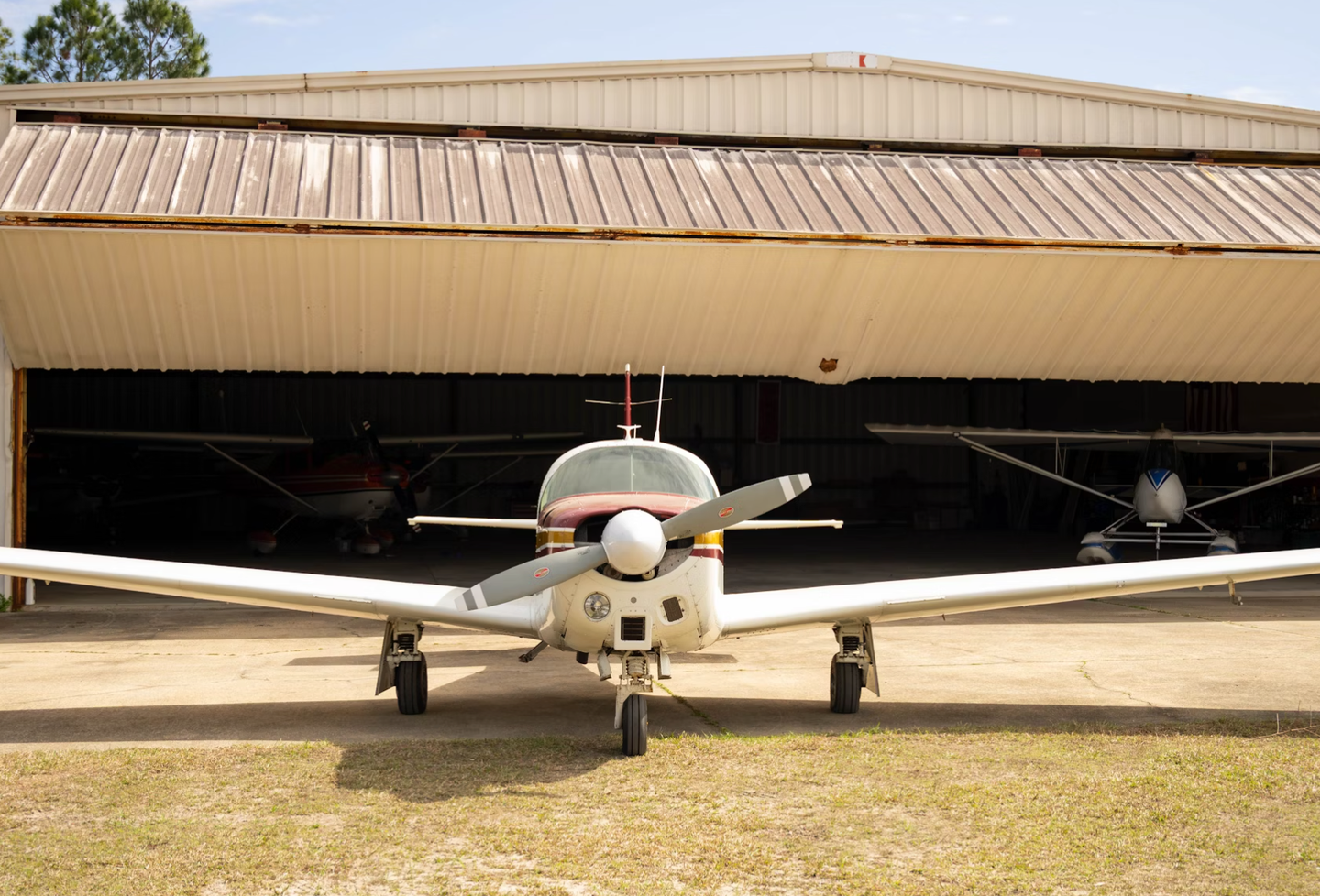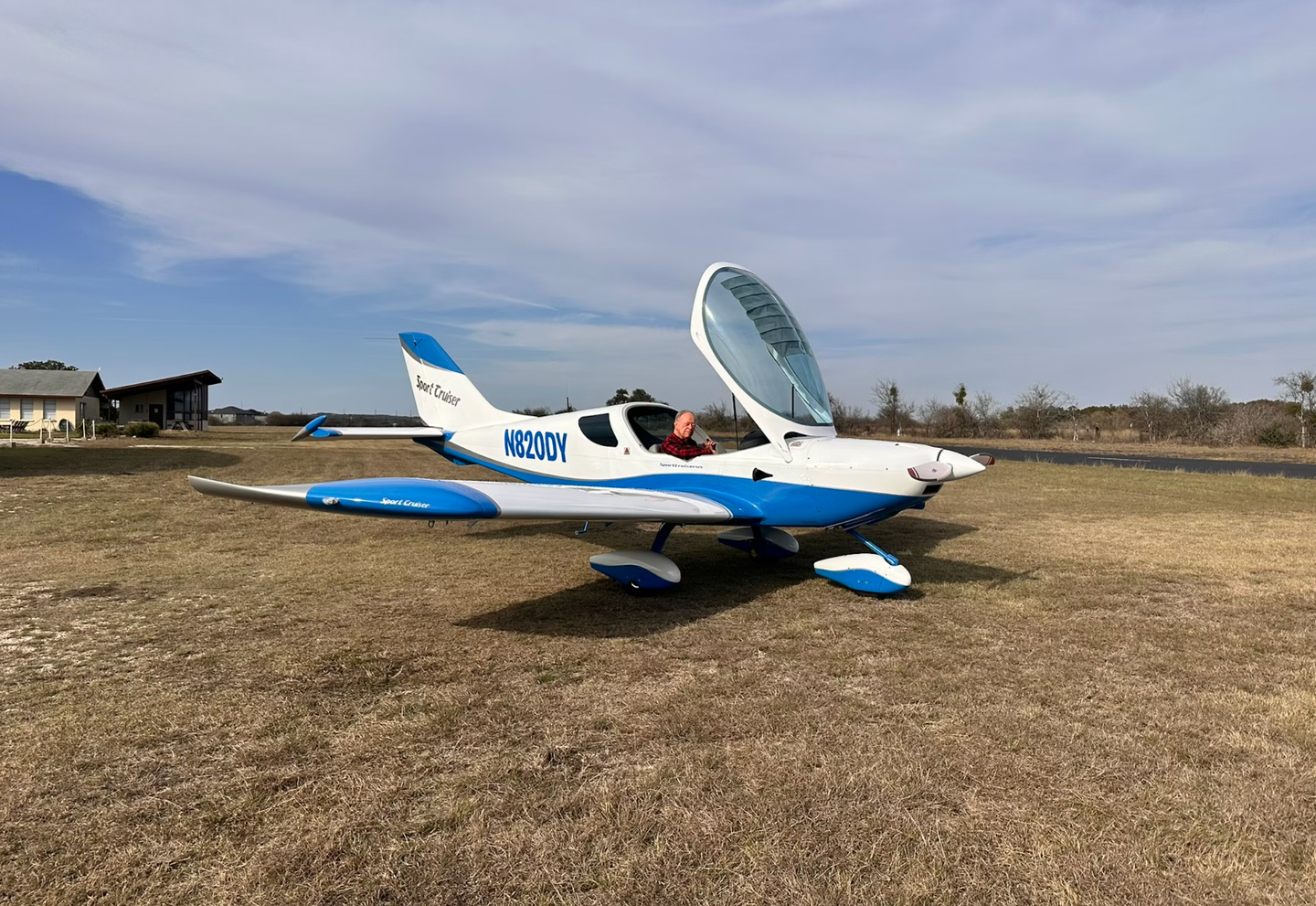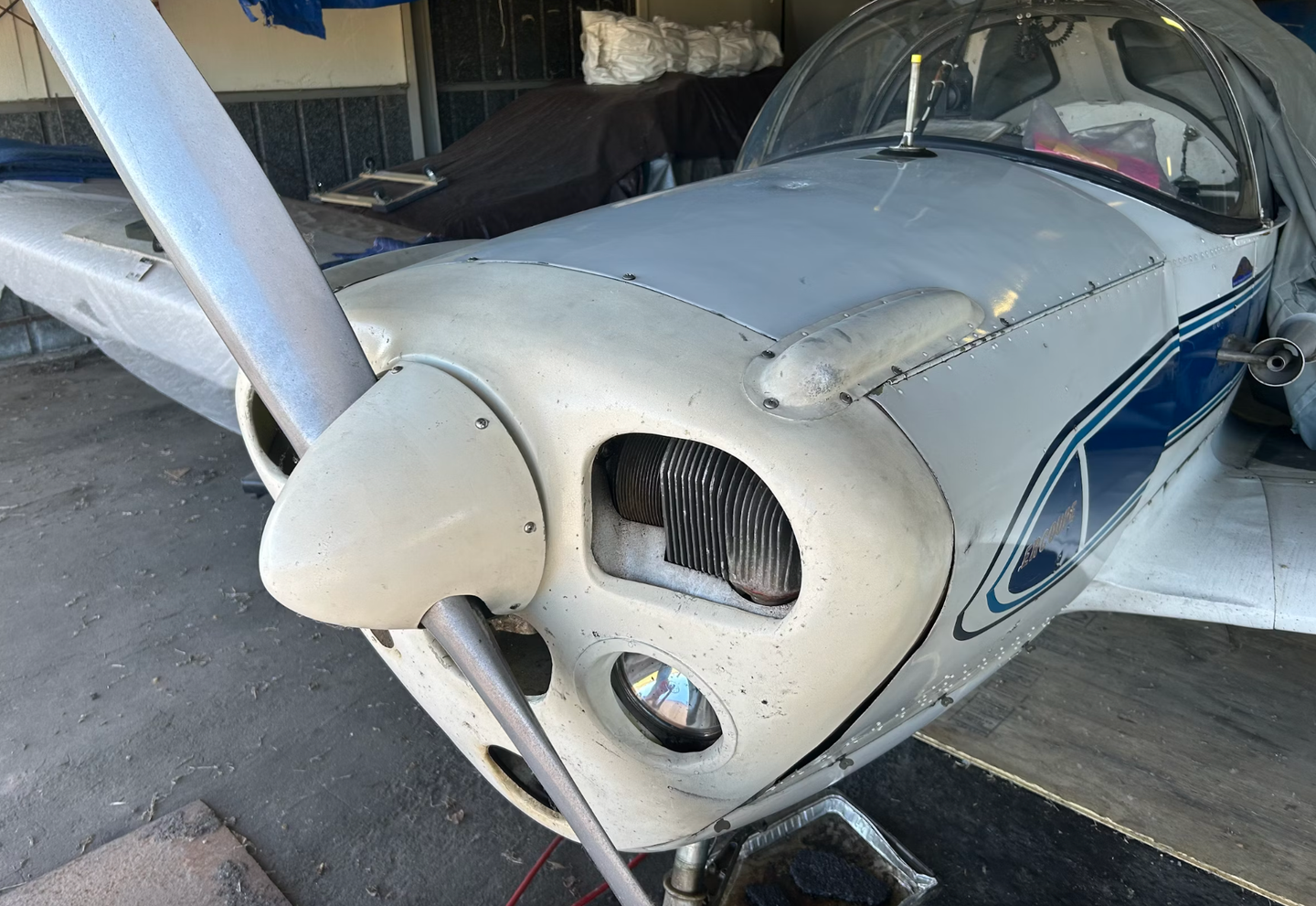Here We Go…Again
Will overseas designers have a head start on MOSAIC aircraft?
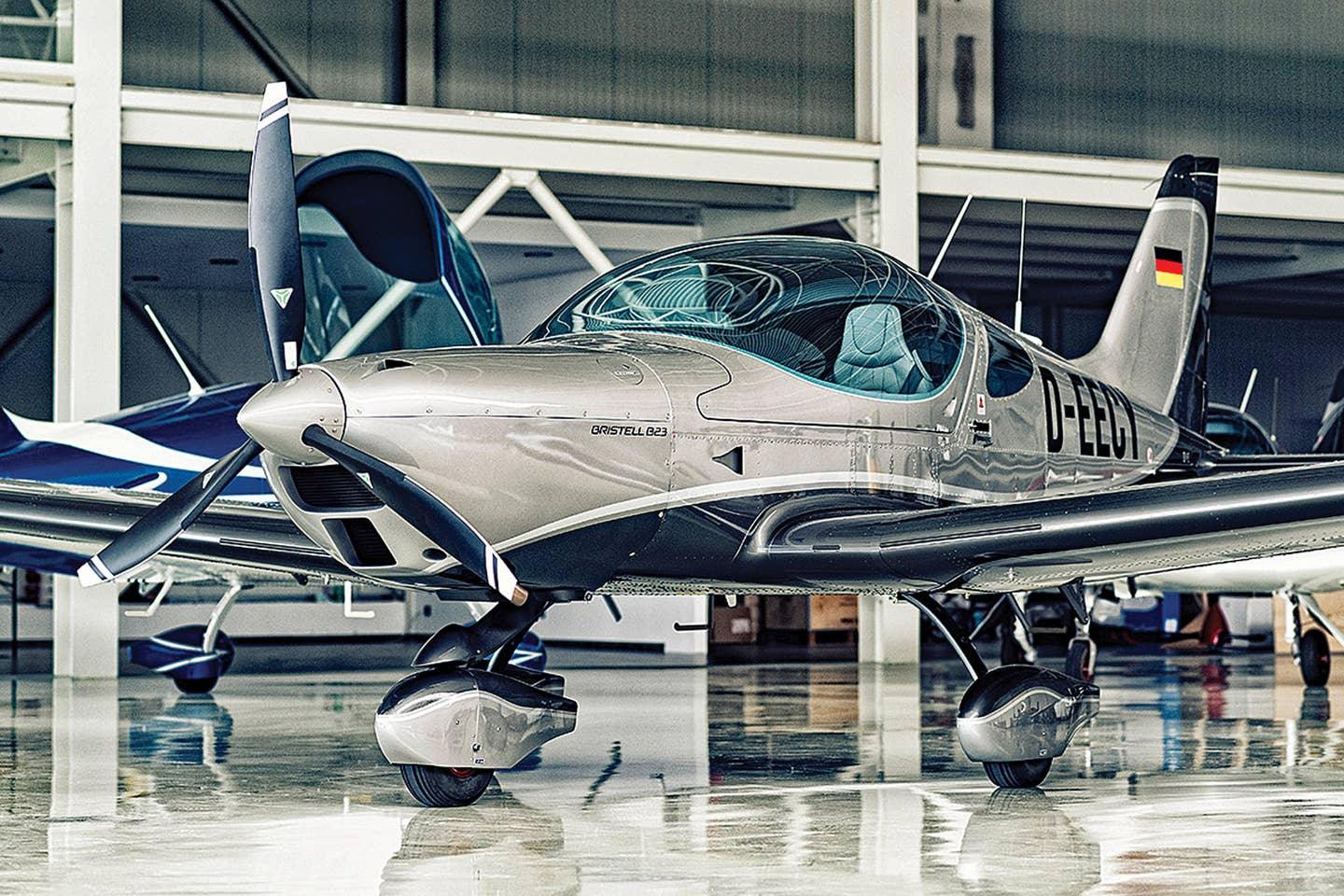
BRM Aero’s Bristell B23 is a sophisticated, composite design with the latest technologies inside. The company just delivered its 1,000th aircraft. Photo: BRM Aero
Twenty-one years ago, the FAA released a regulation often called sport pilot/light sport aircraft. Announced at EAA AirVenture 2004, this ruleset dramatically altered the way aircraft earned approval, resulting in a wave of new flying machines. Most of them were made overseas, at least initially.
Eventually, American producers caught up, but many international designs, primarily from Europe, had established a market in the U.S.
Now in 2025, with MOSAIC barely over the horizon, are we about to experience a second tsunami of new MOSAIC aircraft from other countries? Yes, very possibly. Here’s why.
In the early 2000s, the internet was still a new thing and wages in Eastern European countries were dirt cheap. Companies I visited then could hire university-trained engineers with years of experience for $600 a month. With economies in disarray following the rapid exit of the Soviets after communism collapsed, workers were glad to get any job.
Over the years, this situation moved toward equilibrium, and today, while wages are lower in some countries, the differential with the West has narrowed significantly. Countries like China or Russia that might still offer cheaper labor have never made a mark in U.S. aviation. Can you name any Russian or Chinese LSA? I didn’t think so.
So, if costs in Eastern Europe are now closer to the U.S. and if Asian countries won’t be much of a factor, why would I expect a new wave of overseas aircraft to arrive as MOSAIC is released? The answer has to do with the pace of regulation.
Many countries understandably model their rules after the FAA’s. This is easy to understand, and it is not simply because the U.S. aviation market is the world’s largest. The European Union Aviation Safety Agency (EASA)—an approximate counterpart to the FAA—has 800 employees. The FAA employs 45,000. Do the math. It’s easier to copy than draft and pass original regulations.
Yet, EASA does make its own rules, as do Civil Aviation Authorities (CAAs) in Brazil, Australia, South Africa, England, and others. Sometimes those new rules leapfrog those from the FAA. This competition between regulators grants an advantage to producers in some nations. They can build to their country’s rules and later modify to fit FAA’s. While not quite as precise as a clean-sheet design built to a new reg, it conveys a benefit to the producer to get on the market earlier and build interest among pilots.
For better or worse, times have changed. Today, many businesses won’t risk investing in an industry that does not have clear regulations. Entrepreneurs may forge ahead without federal or state rules they can follow. These risk-takers often advance new technologies or methods, but they gamble that authorities won’t close them down because no rules govern their activity.
So, we wait—in this case for MOSAIC. Yet not everyone waits.
Designers in Europe, South Africa, and elsewhere have observed what other national aviation authorities have done. For example, Brazil already passed a rule with characteristics similar to MOSAIC. Europe has for much longer allowed light aircraft manufacturers to fully assemble them. It has also been permitted retractable gear, adjustable props, higher speeds, and more capabilities that are expected to be coming with MOSAIC.
Given different regulations and histories, overseas producers have had time to work on their designs that could operate under FAA’s MOSAIC regulation. We’ve already seen some of these at American airshows. U.S. sales remain in a holding pattern, though some developers have offered a kit version to make deliveries sooner (kitbuilding is much less common overseas). Still, many will be ready to act as soon as MOSAIC emerges.
American companies will respond at different rates. Developing a MOSAIC airplane today is taking a risk on exactly what the FAA will permit in the new rule. Most American companies have a small presence in other countries, so they’ve had little incentive to initiate production of a MOSAIC LSA that might be allowed in another nation. Their hesitation is understandable as the FAA’s new rule hasn’t been released yet. ASTM standards used to gain FAA acceptance aren’t all complete.
So, we wait. Contrarily, producers in some other countries will continue building and selling aircraft that will later be introduced to the U.S. as MOSAIC LSA. They’ll enjoy a small head start before the Americans enter the market.
The good news? This kind of regulatory competition may be just as healthy as good old-fashioned market competition. Products get better quicker. In the long run, regulations tend to balance between countries. It’s better for their homegrown companies.
BRM Aero, based in the Czech Republic, organized a few years after the LSA rule was released. Its entire business was built since ASTM standards globalized aviation rule writing for light aircraft.
As 2024 closed, the producer of several variations of its Bristell model made the 1,000th delivery. As its first model sold in 2011, this noteworthy achievement happened in only 13 years, making an average production of 77 aircraft per year (later years would have a higher number of deliveries). Many companies would be delighted to report such numbers.
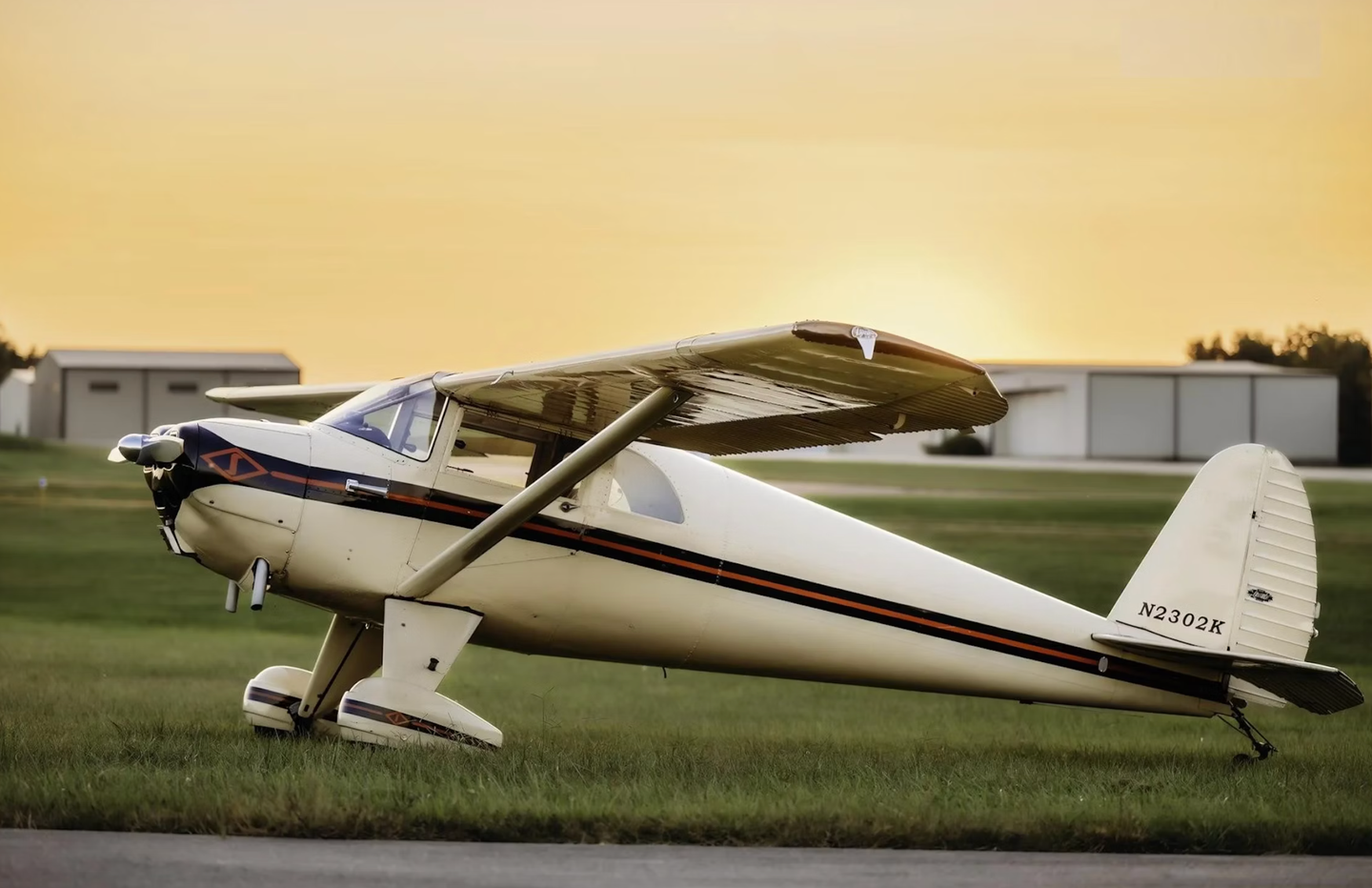
Subscribe to Our Newsletter
Get the latest Plane & Pilot Magazine stories delivered directly to your inbox

